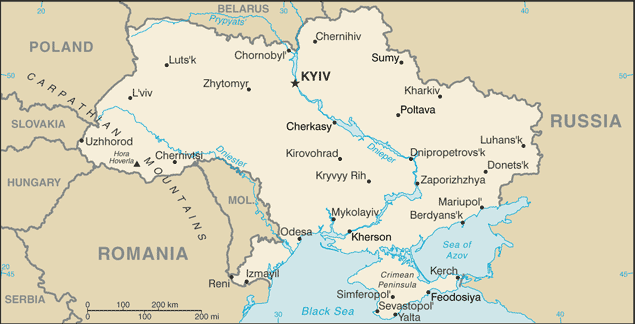The February World Agricultural Supply and Demand Estimates showed few changes from the previous report for corn and soybeans. Corn ending stocks were 9.1% of total usage, reflecting a tight market.
Overall usage numbers didn’t change much, except for one number. Expected ethanol usage was reduced by 25 million bushels, from 5.275 billion bushels to 5.25 billion bushels, reflecting weaker demand in the ethanol markets.
Jim Mintert, executive director of the Center for Commercial Agriculture at Purdue University, said ethanol plant margins have been “bouncing around” and seem to have plateaued. He doesn’t see a recovery anytime soon. Ethanol plant basis in Indiana is a bit below the 3-year average.
United States corn export forecasts dropped, mostly reflecting the continued strength of the U.S. dollar. U.S. corn is now the world’s most expensive, experts say. Brazil’s corn production was unchanged, but its corn export numbers were raised by 2.5 million metric tons.
According to Nathan Thompson, an agronomist at Purdue University, market incentives for growers in Indiana favored selling more corn now rather than holding it; while incentives for holding beans remained somewhat stronger.
Brazil exports corn
Brazil is emerging as a strong competitor in the export corn market, especially as it expands soybean acres that can be rotated with corn. Argentina’s corn exports were reduced by 4 million metric tons, to reflect its ongoing drought. Corn imports by the European Union were raised by 2 million metric tons, reflecting increased imports from both Brazil and Ukraine.
“Brazil’s corn exports may overtake ours soon,” Mintert said.
The WASDE didn’t change estimated Ukraine export numbers, but Ukraine’s ability to export corn and other ag products remains a “wild card,” said Mintert.
Soybean crush reduced
U.S. soybean crush was reduced by 15 million bushels, adding the same back to ending stocks. Soybean ending stocks now sit at 225 million bushels, up from 210 in January.
As with corn, Brazil’s soybean production was unchanged, but its exports were raised by 1 million metric tons, due to higher demand and lower competition from Argentina. Argentina’s production was reduced to 41 million metric tons versus a 42.3 average estimate and 45.5 in January.
Global soybean production was reduced by 5 million tons to 383 million on lower estimates for Argentina and Ukraine. Argentina’s crop was reduced by 4.5 million tons to 41 million tons on lower area and dry weather conditions affecting yields. Ukraine’s crop was down 0.4 million tons on lower reported area harvested.
Global soybean exports were nearly unchanged, with lower exports for Argentina offset by higher shipments for Paraguay and Brazil. Global oilseed crush was reduced by 3.4 million tons mainly on lower crush estimates for China, Pakistan, and Argentina. China’s crush was lowered on slower-than-expected pace to date.
Global soybean ending stocks were reduced by 1.5 million tons to 102 million, with lower South American stocks partly offset by higher stocks for China.
David Murray can be reached at [email protected].



